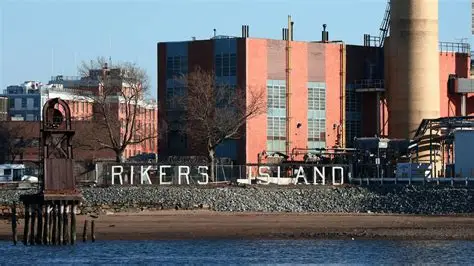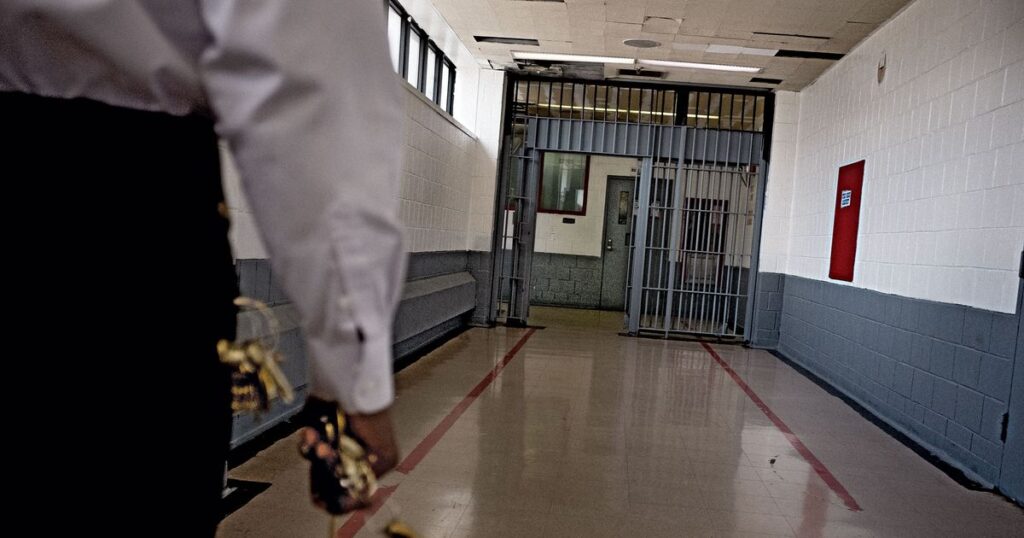Out of NYC’s hands


Yes, as of August 1st, 2025
A federal judge — U.S. District Judge Laura Taylor Swain — ruled on May 13, 2025, that city management had repeatedly failed to comply with court‑mandated reforms under the Nunez consent decree and that violence and constitutional violations remained at dangerously high levels. Consequently, she appointed a court‑supervised “remediation manager” (effectively a federal receiver) who now has authority over the jail system, including hiring, disciplinary actions, and administrative control.
That decision effectively strips the City of New York and the Mayor of unilateral control over Rikers, shifting the responsibility to a court-appointed official who answers only to the judge.
This receivership is intended to be temporary and is designed to ensure the city meets specific benchmarks toward compliance within a roughly three-year period. Once substantial reforms are achieved, control is expected to transition back to city authorities.
In summary:
-
Yes, Rikers Island is in federal receivership.
-
The court-appointed remediation manager now oversees operations.
-
Systemic failures and contempt of court prompted the move.
-
It’s intended to be temporary, lasting until the jails meet constitutional standards.
What is “Receivership?”
-
Receivership is a legal process in which a court appoints an independent party — called a receiver — to take over control of an organization, agency, or property that is failing to meet legal obligations or is in crisis. The goal is typically to fix severe problems, stabilize operations, or bring the entity into compliance with the law.
Key Features of Receivership:
-
Court-Ordered Control: A judge authorizes the receiver to assume authority — temporarily — from existing leadership.
-
Independent Management: The receiver is not beholden to the agency’s prior leadership or political figures. They report directly to the court.
-
Remedial Focus: The receiver is given power to implement reforms, often with authority over hiring, budgets, discipline, and day-to-day decisions.
-
Used in Crises: Often applied when there is sustained mismanagement, corruption, or constitutional violations (e.g., unsafe jail conditions, failure to provide adequate services, financial insolvency).
Examples:
-
Rikers Island: Placed in receivership due to dangerous and unconstitutional jail conditions.
-
Detroit Public Schools: Temporarily put under a state-appointed emergency manager.
-
Hospitals or Housing Authorities: Sometimes placed in receivership when patient safety or housing conditions deteriorate significantly.
Receivership ≠ Takeover
While it does remove local or elected leadership from control temporarily, it’s not meant to be a hostile or permanent action. It’s usually a remedial, last-resort measure used to restore legal compliance and protect people’s rights.
-


